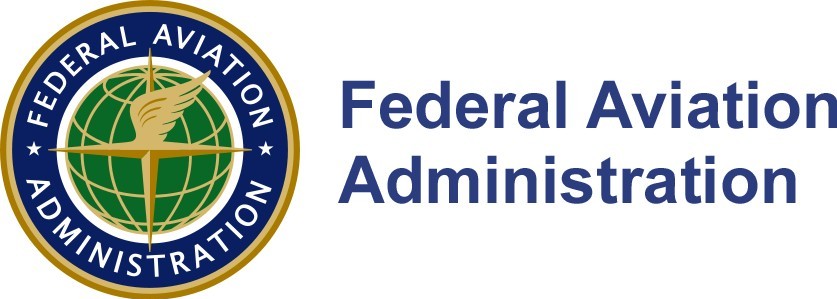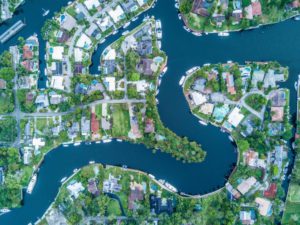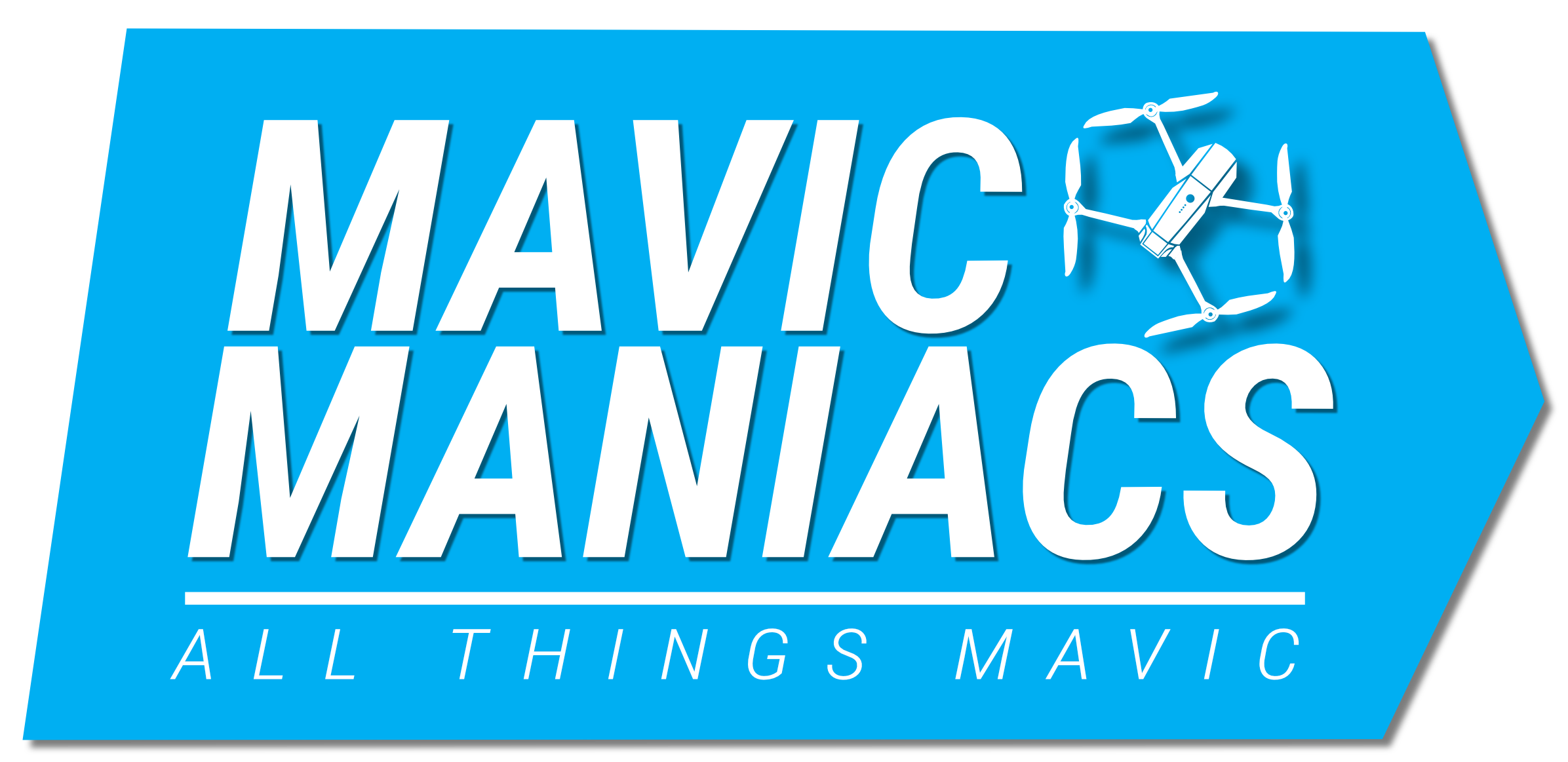
The FAA Issued New Regulations Regarding Hobbyist Drone Pilots – Updated!
May 21, 2019On May 16th, 2019, The FAA Issued New Regulations Regarding Hobbyist Drone Pilots. This post is meant to help any hobbyist pilots out there keep up to date with current rules and regulations that apply to them, in the hopes it will help them operate safely and avoid violations they may not have been aware of.
Protecting our airspace is a massive undertaking. Add to that, keeping it free for everyone to enjoy and you can see why the FAA has a lot on their plate much of the time. Some see them as overbearing, others as lenient, but I think we can agree that managing our airspace safely is of vital importance.
Although I don’t envy the FAA, I do understand their necessity and charge. With that said, let’s take a look at these New Regulations Regarding Hobbyist Done Pilots…
THIS POST MAY CONTAIN AFFILIATE LINKS. PLEASE SEE OUR AFFILIATE DISCLOSURE FOR MORE INFORMATION.
 So, What Are These New Regulations Regarding Hobbyist Drone Pilots?
So, What Are These New Regulations Regarding Hobbyist Drone Pilots?
The FAA Reauthorization Act of 2018 was signed into law. The following rules are the result of this new act. Here’s what it means for the hobbyist pilot…
First off, Hobbyist drone pilots are no longer exempt under Section 336. This means that they are now required to follow these new rules and regulations and can’t operate their aircraft otherwise.
Here’s a summary of the rules, as posted on the FAA website:
Recreational Flyers & Modeler Community-Based Organizations
You are considered a recreational user if you fly your drone for fun. It is important to know when and where you can fly and how to register your drone.
New Changes to Recreational Drone Flying in the United States
There’s a new law (PDF) that describes how, when, and where you can fly drones for recreational purposes. Following these rules will keep you and your drone safe and will help keep the airspace available to everyone.
Here’s what you need to do:
- Register your drone, mark it on the outside with the registration number (PDF), and carry proof of registration with you.
- Fly only for recreational purposes.
- Follow the safety guidelines of a community based organization.
- Fly your drone at or below 400 feet when in uncontrolled or “Class G” airspace. This is airspace where the FAA is not controlling manned air traffic. To determine what type of airspace you are in, refer to the mobile application that operates your drone (if so equipped) and/or use other drone-related mobile applications. Knowing your location and what airspace you’re in will also help you avoid interfering with other aircraft.
- Do NOT fly in controlled airspace (around and above many airports) unless:You are flying at a recreational flyer fixed site that has an agreement with the FAA. The FAA has posted a list of approved sites (MS Excel) and has depicted them as blue dots on a map. Each fixed site is limited to the altitude shown on this map, which varies by location. NOTE: Flight in controlled airspace is temporarily limited to these fixed fields. The FAA is upgrading the online system, known as LAANC (the Low Altitude Authorization and Notification Capability), so that recreational operations can get automated airspace authorizations to fly in controlled airspace. This system is currently only available for certified Part 107 drone pilots. NOTE: If your organization is interested in establishing a letter of agreement for a fixed flying site, please contact us at 9-AJT-UAS-Integration@faa.gov.
- Keep your drone within your line of sight, or within the visual line-of-sight of a visual observer who is co-located and in direct communication with you.
- Do NOT fly in airspace where flight is prohibited. Airspace restrictions can be found on our interactive map, and temporary flight restrictions can be found here. Drone operators are responsible for ensuring they comply with all airspace restrictions.
- Never fly near other aircraft, especially near airports.
- Never fly over groups of people, public events, or stadiums full of people.
- Never fly near emergencies such as any type of accident response, law enforcement activities, firefighting, or hurricane recovery efforts.
- Never fly under the influence of drugs or alcohol.
Recreational flyers should know that if they intentionally violate any of these safety requirements, and/or operate in a careless and reckless manner, they could be liable for criminal and/or civil penalties.
Read the Authorization for limited recreational operations as described in section 44809(PDF). All limited recreational operations should be conducted in accordance with this authorization.
Changes Coming in the Future
The FAA is upgrading the online system, known as LAANC (the Low Altitude Authorization and Notification Capability), so that recreational operations can get automated airspace authorizations to fly in controlled airspace.
The new law also requires:
- Drone operators to pass an online aeronautical knowledge and safety test and carry proof of test passage.
- The FAA to issue guidance for how it will recognize community based organizations.
The FAA plans to have all of these features and requirements fully implemented by the summer of 2019.
Check our website for the latest updates or follow us on social media for the latest news.
More detailed information about the FAA’s plan to fully implement the requirements of Section 349 of the FAA Reauthorization Act of 2018 may be found on the Federal Register.
You can also watch a nice overview of the new rules provided by 51drone. Russ does a nice job of explaining them here, in a little over 12 minutes:
 So What Does This Mean?
So What Does This Mean?
Basically it means, you can still fly in uncontrolled airspace but can’t fly within it unless it’s at one of the recreational flyer fixed sites that has an agreement with the FAA, as listed in the Excel sheet or on the map provided in the links under number 5 above.
Eventually there will be a test that recreational pilots will have to pass in order to operate their aircraft legally and, to fly in controlled airspace, they will be required to obtain authorization through the LAANC system, which they don’t yet have access to.
Sadly, recreational pilots are pretty much grounded until the LAANC system is opened up to them, limited to uncontrolled airspace and the few scattered approved flying areas. Some say you can call the towers and request access but I hear that the FAA has told Air Traffic Control Tower Managers to deny such authorizations.
The rest is pretty much the same:
- You have to register your drone.
- It must be marked with its registration number on the outside of the aircraft.
- You can only fly recreationally, not for profit.
- Stay at or below 400 feet.
- Keep the aircraft in line of site.
And so on.
Here are some statements from the FAA:
“While recreational flyers may continue to fly below 400 feet in uncontrolled airspace without specific certification or operating authority from the FAA, they are now required to obtain prior authorization from the FAA before flying in controlled airspace around airports. Furthermore, they must comply with all airspace restrictions and prohibitions when flying in controlled and uncontrolled airspace.”
“We view this as a very positive step forward for the safe integration of UAS. Including everyone under the same rules really does move everything forward.”
 Is There Anywhere, Within Controlled Airspace, That I Can Fly Right Now?
Is There Anywhere, Within Controlled Airspace, That I Can Fly Right Now?
Yes, but it can be somewhat limiting. You can fly in uncontrolled airspace (Class G) or in areas designated by the list of approved sites and those depicted as blue dots on this map.
If you’re an FAA Part 107 certificated pilot, you can use the LAANC system now to request permission to fly in controlled airspace.
That’s really it. The only other way to fly would be considered illegal and would open the pilot up to the possibility of being prosecuted for violating the new rules. Not only that, but such actions would most likely open up recreational drone use to further restrictions and bad press.
 What Do I Think of These New Rules?
What Do I Think of These New Rules?
I actually think the new rules are fair and just. What I don’t like about them, is that they came out before the infrastructure was ready. What I mean by this is, recreational pilots are required to use the LAANC system to obtain authorization before flying in controlled airspace, yet that system is not available to them at this time.
It would seem that the fix has come before the function. Require people to use a tool that’s not available to them.
When the LAANC system is opened to recreational pilots and the knowledge test is actually administered, I can see this being a great step toward making our airspace safer.
Sadly, getting people to actually follow the rules and do what is required is another thing altogether. Add to that, most recreational flyers won’t even know about the changes and we have another potential issue. I suspect, stiff penalties and media sensationalism will end up getting the word out.
I just hope such penalties are applied to those who actually deserve them and not someone to simply be used as an example to get the message across.
Update!
LAANC is now available to hobbyist pilots. Check out King Schools free course titled “Using LAANC to Fly Drones in Controlled Airspace“.
Conclusion
So there it is, New Regulations Regarding Hobbyist Drone Pilots. If you are a recreational pilot, it’s time to start paying closer attention to where you’re flying. Personally, if you plan to fly a lot, consider getting your FAA Part 107 certification. It makes this issue moot and opens you up to making a buck or two with your drone at the same time.
Are you a recreational pilot? Do you have something to say about these new rules? Do you think they’re a step in the right direction or just more red tape with no real benefit? I’d love to hear what you have to say. Please let me know by commenting below.
Thank you,
Scott Hinkle
MavicManiacs.com





This is interesting to me, because I’ve been thinking about getting a drone. The only reason I haven’t is because I live pretty close to an airport and I’d have to drive out somewhere else to actually fly it. There are some decent areas out here, seeing as how I live in the desert Southwest.
I’m glad I stumbled on this article of yours, though. You’ve covered it quite well.
Thanks so much for sharing!
I’m glad you stumbled upon it too! At this time, I hate to say it but, hold off until the LAANC system is opened up for you. Otherwise you’re really limited to where you can fly.
Scott
Hi! I also agree with you!
I believe the rules are fair and just. I had a lot of questions concerning the maximum height we could fly in uncontrolled airspace. But rule number 6 has really put things in black and white.
I believe this rule excludes counting 400 feet from a tall structure because it states clearly the the reference point is ground level.
I’m glad you think they’re just. I don’t see them as asking too much in the name of safety.
That said, I believe the rule about being 400 feet above ground level makes exceptions for obstacles such as towers and buildings. As a part 107 certificated pilot I know that’s the case and I can actually fly up to 400 feet above that obstacle. I think it’s the same for recreational but I’m not 100% sure on that.
Rule 6 is actually about keeping the drone within line of sight. That’s a great way to avoid collisions vs not being able to see it and relying on the screen on your remote or device.
Thanks for taking the time to comment,
Scott